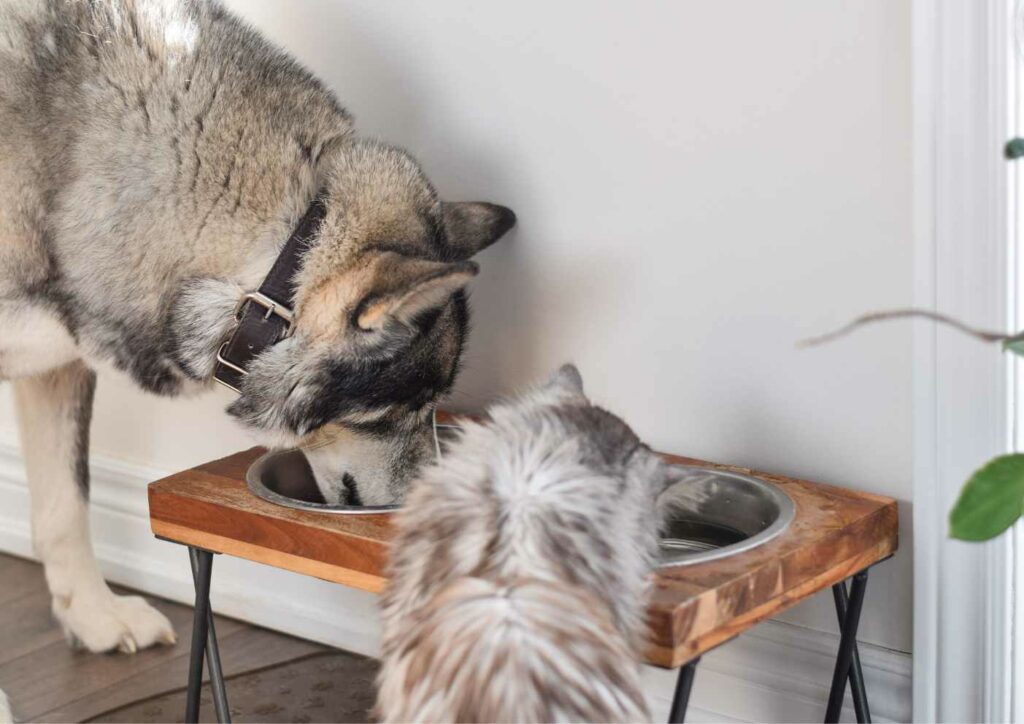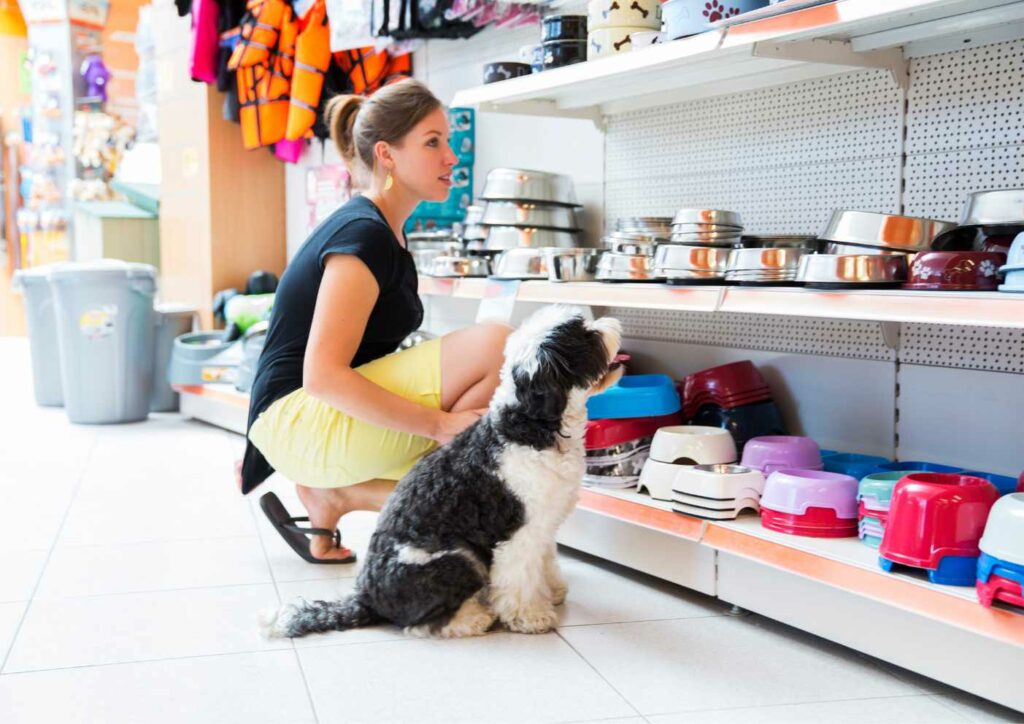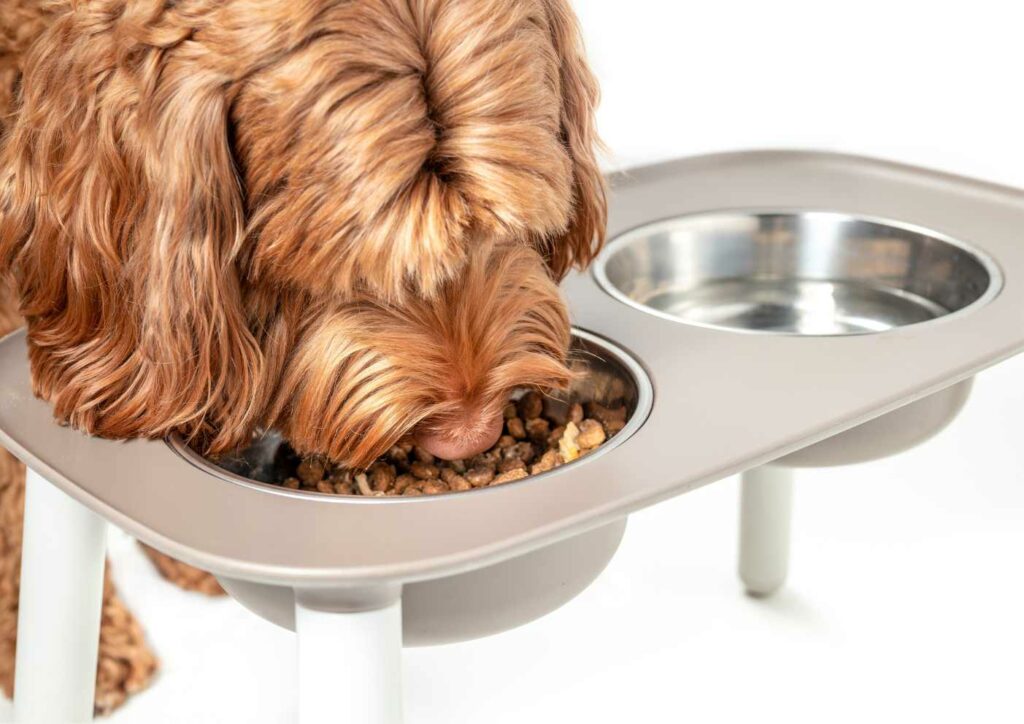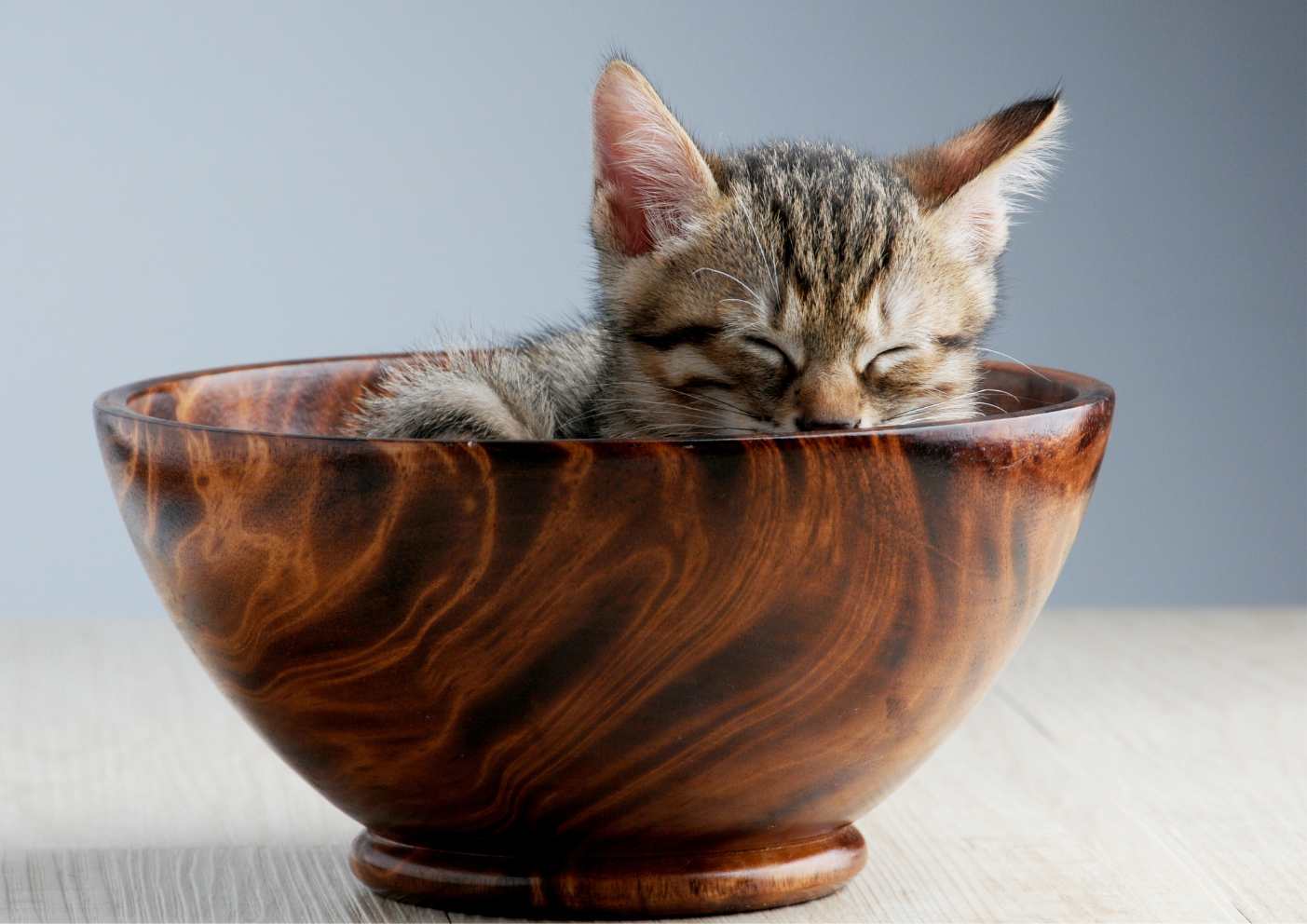^Top Reasons Why Pet Feeding Bowl Matters : Some cats can develop allergies from certain materials
Pets can provide many benefits to families, including companionship, emotional support, and increased physical activity. They can also teach children responsibility and empathy. Additionally, interacting with pets can have therapeutic benefits, such as reducing stress and anxiety.
The ideal family pet will depend on the individual family’s lifestyle, preferences, and living situation. Some popular family pets include dogs, cats, and small animals such as guinea pigs or rabbits.
It’s essential to research the specific breed or species of pet you are considering and make sure they are a good match for your family’s lifestyle and living situation. Also, consider the long-term commitment and expenses of owning a pet.
Table of Contents
It’s a Commitment
Having a family pet entails a significant commitment of time, money, and energy. Some of the responsibilities include:
- Providing food, water, and shelter: This includes buying and regularly replenishing food, providing fresh water, and ensuring that the pet has a comfortable and safe place to live.
- Regular veterinary care: It includes regular check-ups, vaccinations, and any necessary medical treatment.
- Exercise and playtime: Pets need regular exercise and playtime to stay physically and mentally healthy. Depending on the type of pet, this may include taking them for walks, playing fetch, or providing them with toys and other activities.
- Training and socialization: Training and socialization can help pets learn good behavior and can also help them to be more well-adjusted and happier.
- Grooming: Depending on the type of pet, grooming may be a regular task. For example, dogs need regular brushing, and cats need grooming to keep their coat healthy.
- Cleaning: Keeping the pet’s living area clean is an ongoing task, as they can make messes, and they will need their litter cleaned, or their cages and tanks cleaned regularly.
- Time and attention: Pets need time and attention from their owners, and they thrive on bonding and interaction. It means taking time to play with and care for them and ensuring they are not left alone for extended periods.
Indeed, having a pet is a long-term commitment, and it’s essential to be prepared to take on these responsibilities before bringing a pet into your home.
Feeding Tops the List
Pet feeding is a vital part of being a pet owner because it directly affects the pet’s health and well-being. Proper nutrition is essential for pets to maintain good health and prevent various health problems.
- Proper nutrition can help pets maintain a healthy weight, reducing the risk of obesity-related conditions such as diabetes and heart disease.
- A balanced diet can also provide pets with the necessary vitamins and minerals to support their growth and development and maintain their overall health.
- Feeding pets the correct amount of food can also help prevent overfeeding, which can lead to obesity and other health issues.
- Feeding pets a high-quality diet can also support their immune system, keeping them healthy and less prone to illness.
- Feeding pets at regular intervals can also help regulate their digestion and metabolism, promoting a healthy appetite and digestion.
- In addition to the health benefits, feeding pets can also be a bonding experience and can be used as a form of positive reinforcement for training.
Not all pet foods are created equal, so it’s important to research the different types of food available and choose a high-quality option that is appropriate for your pet’s breed, size, and age. It’s also essential to speak with a veterinarian for specific dietary recommendations for your pet.

Feeding Essentials
Believe it or not, there are pet owners who pay little attention to where their pets eat. However, making sure pets use feeding bowls when eating is crucial for several reasons:
- Safety: Feeding bowls are designed to be stable and are less likely to tip over, which can prevent spills and messes. It can help to keep the feeding area clean and reduce the risk of accidents or injuries.
- Portion control: Feeding bowls can help pet owners to control the amount of food their pet is eating. It can help prevent overfeeding, leading to obesity and other health problems. Measuring cups are also available with many feeding bowls.
- Comfort: Feeding bowls are designed to be comfortable for pets to eat, which can help reduce the risk of neck or joint strain.
- Hygiene: Feeding bowls are easy to clean, which can help to keep them free of bacteria and other harmful microorganisms that can make pets sick. You can wash them with soap and water or in the dishwasher, which can help keep them hygienic and safe for pets.
- Variety: Feeding bowls come in different shapes, sizes, and materials, which can accommodate different breeds, sizes, and eating habits. Slow-feeder bowls, raised bowls, or even water fountains are available, which can be helpful for specific cases.
- Style: Feeding bowls can also be accessories to match the owner’s taste and style. They come in different colors, patterns, and designs.
Overall, feeding bowls can benefit both the pet and the pet owner by helping keep pets healthy, comfortable, and safe while they eat.

Different Types of Feeding Bowls
There are several different types of feeding bowls for pets, each with its unique features and benefits:
- Ceramic bowls: These are durable, easy to clean, and can be heated to keep food warm. They are also available in various designs, colors, and patterns and are heavy enough to prevent tipping.
- Stainless steel bowls: These are rust-resistant, easy to clean, and dishwasher-safe. They are also more durable than other bowls and resistant to bacteria and odors. They are also available in different sizes and shapes.
- Glass bowls: They are made from high quality, tempered glass, which makes them more durable and resistant to scratches and chips than traditional glass. They are also microwave, oven, and dishwasher safe. These are ideal because they are non-porous, which means that they do not absorb odors or stains and don’t harbor bacteria like some other materials. They are also easy to sanitize and can be boiled, steam cleaned, or put in the dishwasher.
- Plastic bowls: Plastic bowls are lightweight, affordable, and come in a wide range of colors and designs. They are also easy to clean, dishwasher safe, and can withstand high temperatures. However, they can be prone to scratches and may not last as long as other bowls. Plastic bowls also cause allergies to some pets.
- Slow feeder bowls: Slow feeder bowls are designed to make it harder for pets to eat quickly. They have various designs, such as maze-like patterns or raised ridges, making pets eat slower. It can help to prevent bloating, indigestion, and other issues caused by eating too quickly.
- Raised bowls: Raised bowls are elevated off the ground and are helpful for pets that have to bend down a lot to eat. They can be especially beneficial for dogs with arthritis, short snouts, or other conditions that make it difficult for them to eat comfortably.
- Automatic feeders: Automatic feeders dispense food at pre-programmed times. They can be helpful for pet owners away from home for long periods or for pets that need to eat on a strict schedule. They can also come with a camera so the pet owner can monitor their pet remotely.
It’s essential to consider your pet’s needs and preferences when choosing a feeding bowl and your preferences for cleaning and maintenance. Additionally, some pets may have special needs, such as dental issues, so it is always best to consult a veterinarian before making a final decision.

